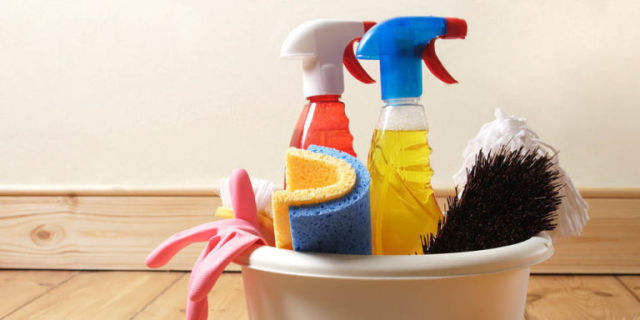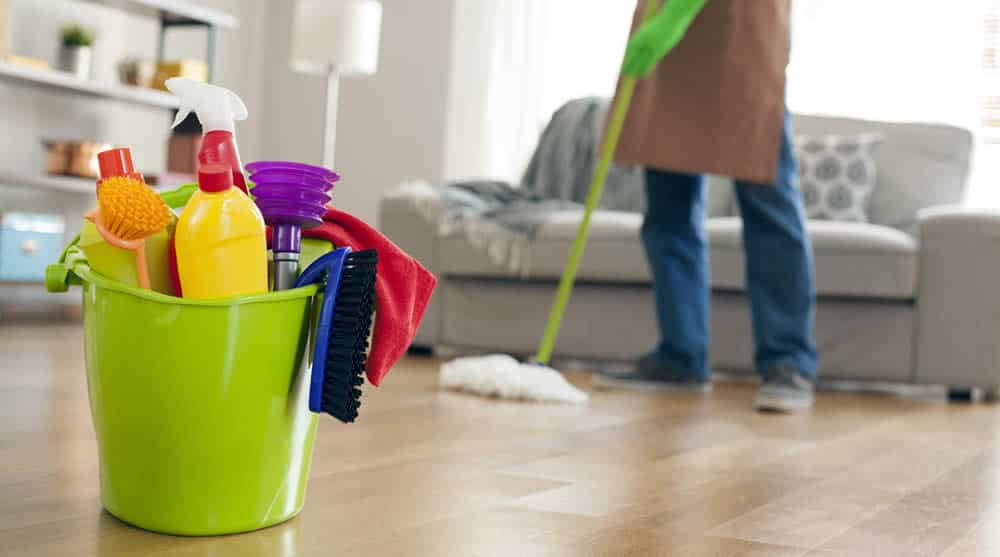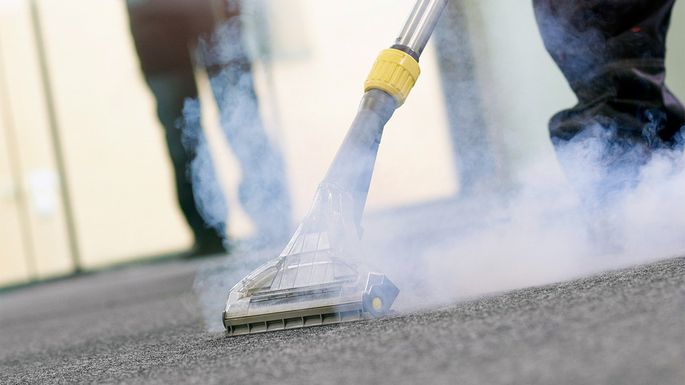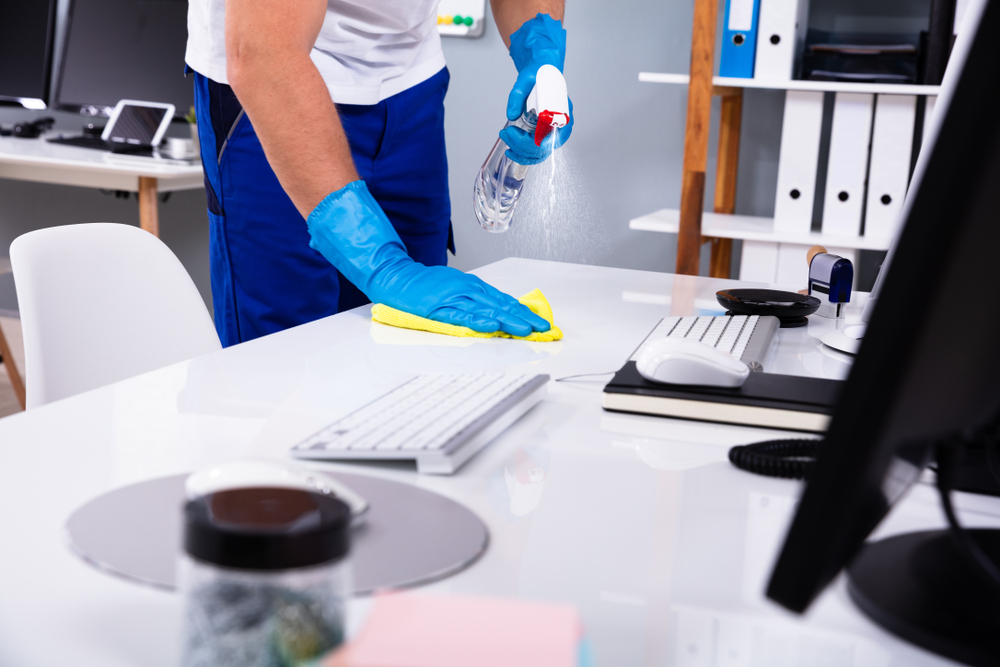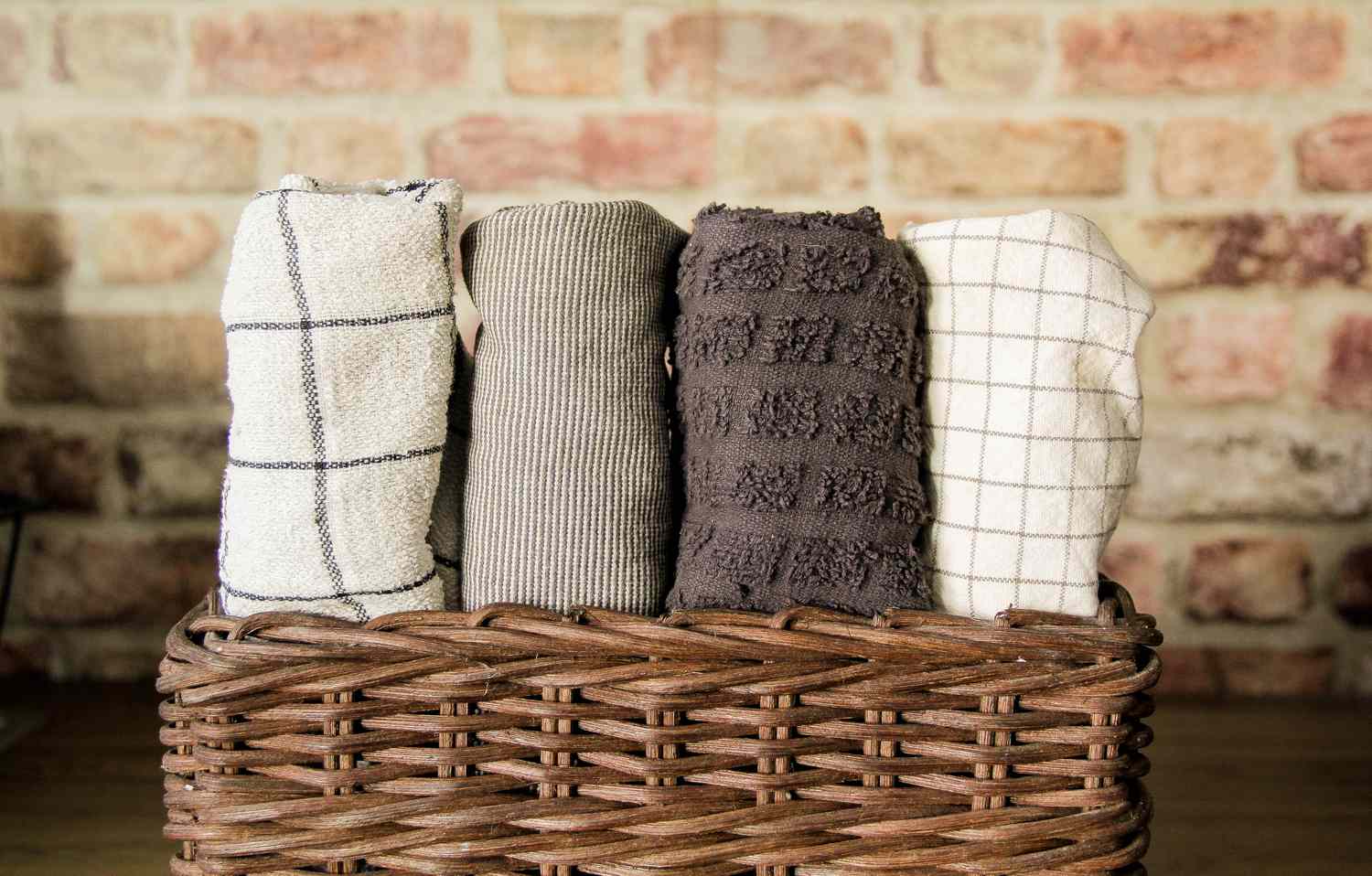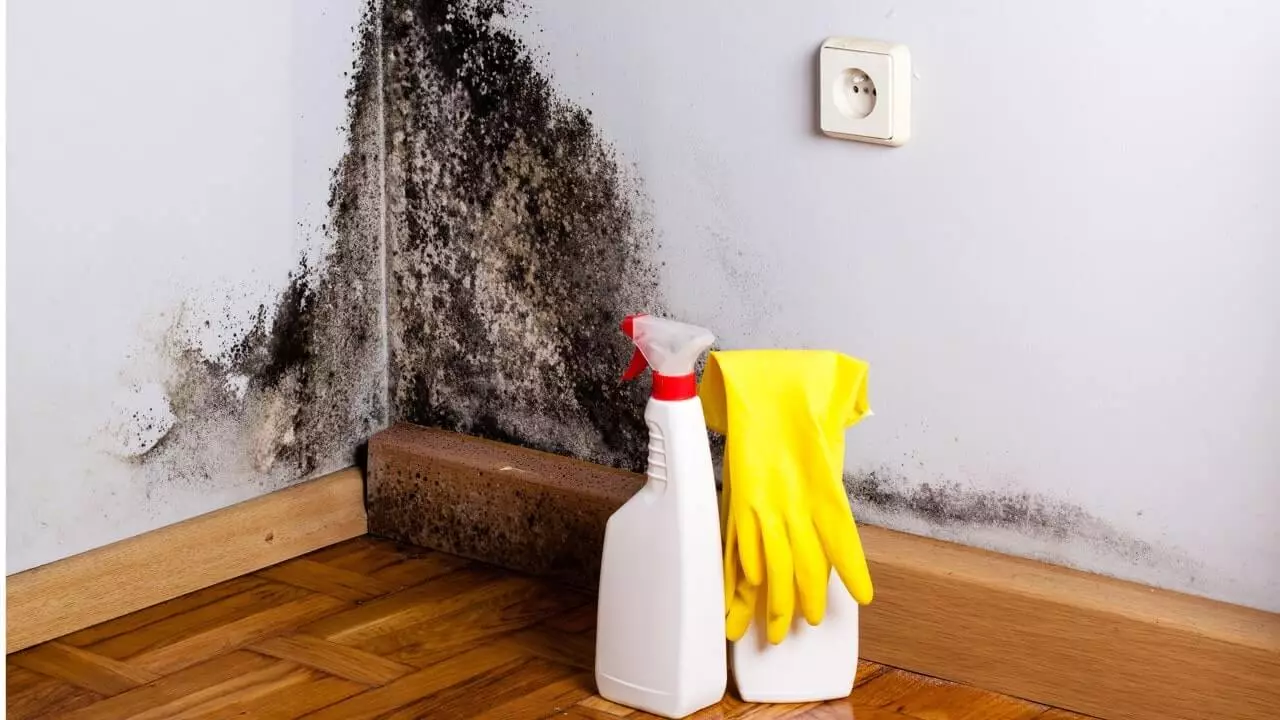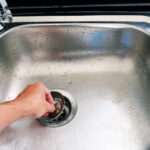With the rainy season and the increase in humidity, the formation of stains and mold on the walls, ceilings and furniture is normal. There are temporary and definitive methods to combat mold, such as waterproofing, for example, however, the ideal is that it should be done during construction of the property.
To perform methods to combat mold, the ideal is that the weather is dry.
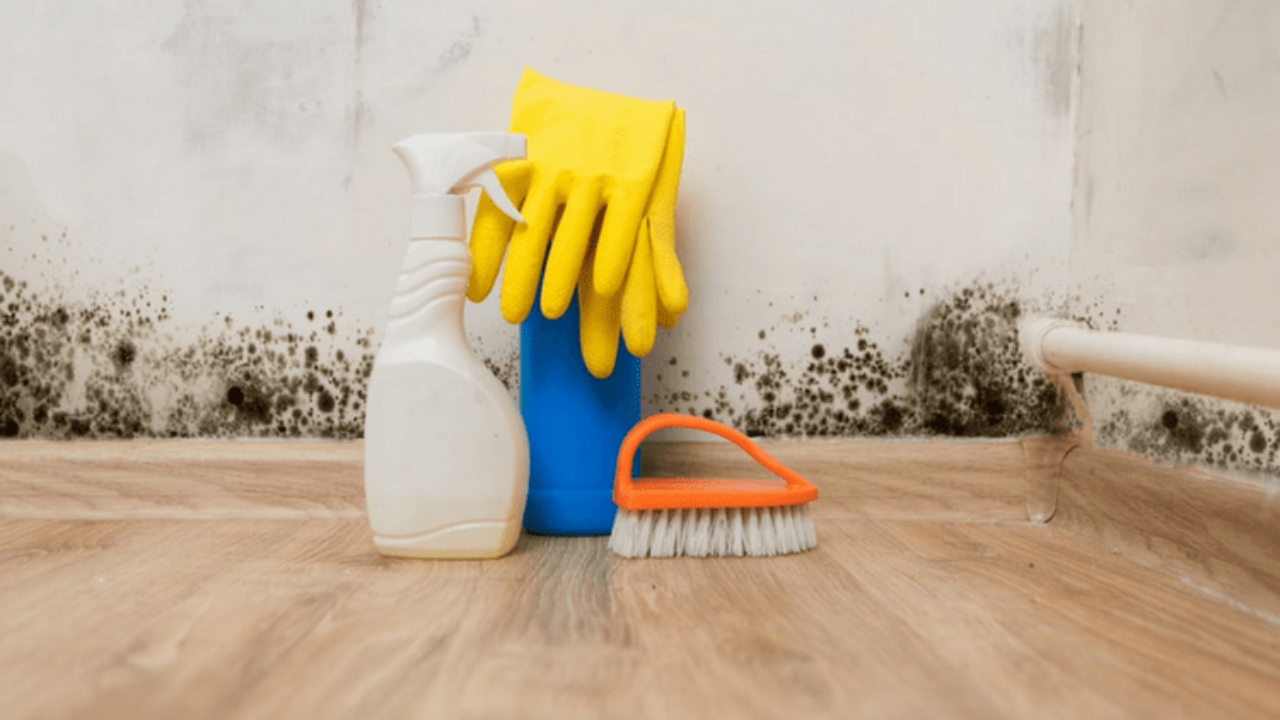
The area to be waterproofed has to be very dry or not stick to the waterproofing. Also, in the sunny period, the weather facilitates drying. Ideal is to do it in drought.
Among the problems that can cause mold, in addition to the lack of waterproofing at the time of construction, are excess moisture and lack of ventilation of the environment.
For the professional, after the problem happens, it is best to bet on alternative techniques, because the definitive solution is not viable in relation to cost-benefit. However, these temporary methods have an expiration date, as they last between one and five years.
One of the options is to remove the paint and mortar, in place of the mold, and apply a waterproofing product.
Mold remediation tips
There are ways to clean mold from walls and furniture, but the solution does a temporary cleaning on the spot. It does not solve the problem, but it cleans the black of the mold, which is bad for the health, bad for the human being, and also makes the wall ugly.
To clean the exterior walls of the property, use bleach, mixed with water and detergent. On the inner walls, the mold remediation professionals use disinfectant or hydrogen peroxide diluted with water.
The measurements of the products used are half and half of each. This is for cleaning the mold. Hydrogen peroxide must be 10 volumes, 3% diluted with water. You can also use vinegar, alcohol vinegar.


